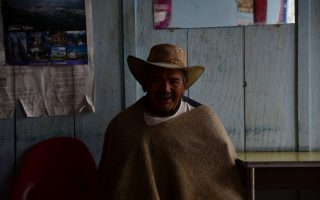Es ist frühmorgens, als ich It is early in the morning when I leave my hotel in the centre of Bogotá. I am on my way to the airport, where I am to meet the Colombian scientist Xiomara and a group of coffee roasters from Austria to explore the country’s coffee plantations.
Alexei from “Café Libertad Collective“ will also be there.
In the hotel lobby there is a big hello, introductions and getting to know each other, and then we are sitting in a minibus in which we will spend many hours over the next few days.
First we go to Doña Magdalena in Silvania (Cundinamarca), 80 km (2-3 hours by car) from Bogotá.
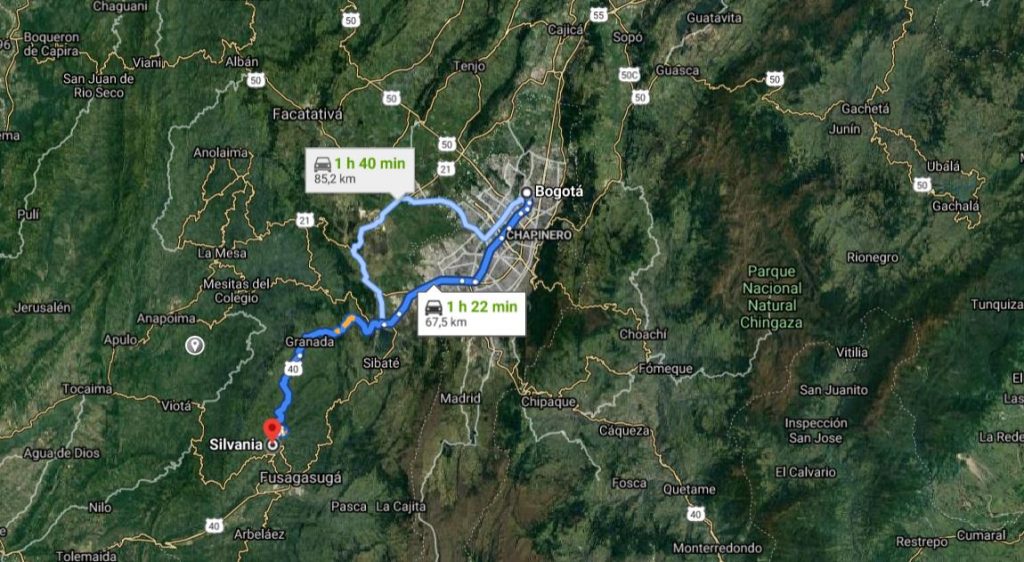
Doña Magdalena , a former primary school teacher bought the “finca” (farm in spanish) in the countryside in 2009 when she retired. Now she lovingly grows specialty coffees like Typica, Geisha and the very unusual Mocca on a small scale.
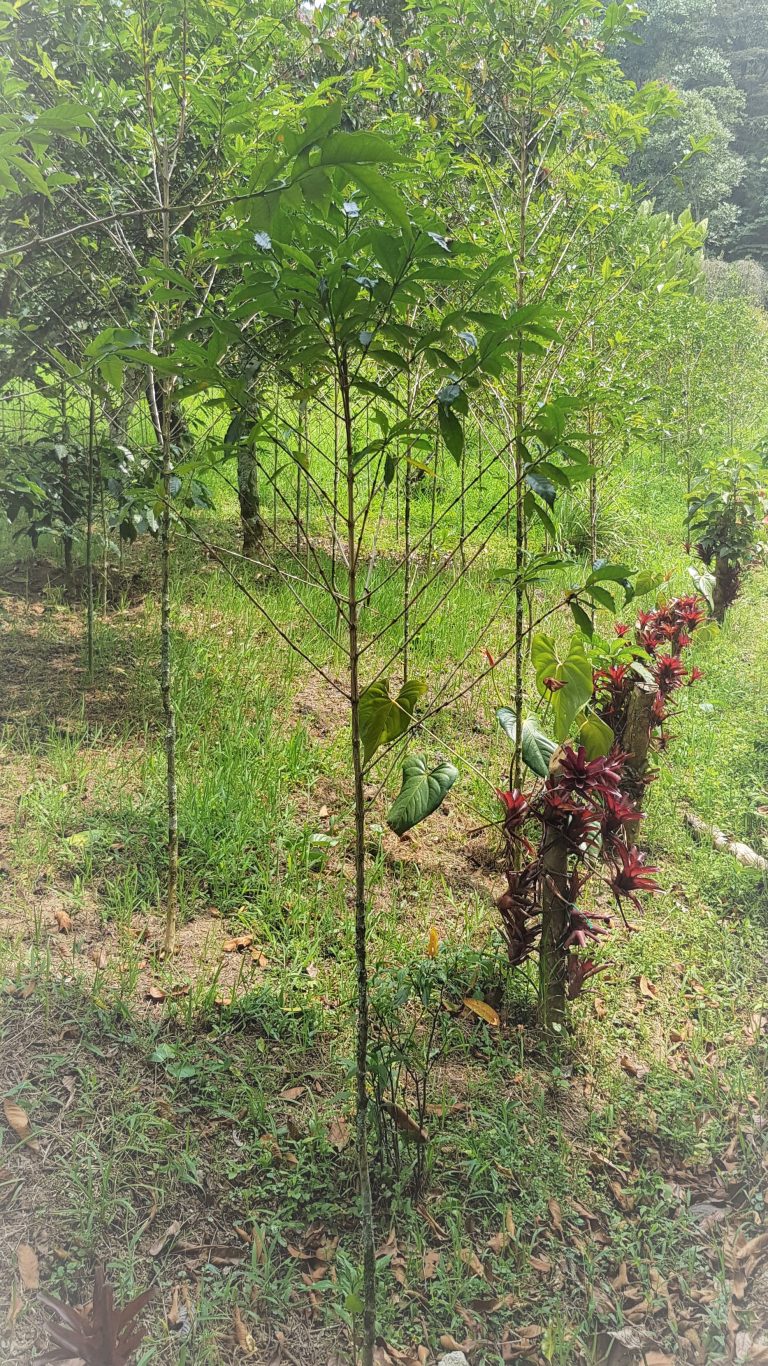
When we visit the garden and the small plantation, I quickly understand why Mocca is so rarely grown: the trees are very small and bear only a few fruits, but the coffee tastes excellent.
We want to know why she’s growing something so unprofitable. She laughs – well, she has her pension and doesn’t need to make a living from growing coffee. And the old varieties always interested her, that’s why she is here – to experiment with them. On her 4 hectares, she grows 8 cargas a year (one carga equals 125kg), so her total harvest is about one tonne of green coffee.
As the roasters are speciality traders, they are keen to know how Doña Magdalena processes and sells her coffee. She mainly produces washed (lavado) coffee, but sometimes she also ferments the beans. Fermentation brings out different flavours in the coffee and usually makes it more interesting and unusual.
They farm organically and are certified through a cooperative – their own certificate would cost over €1000 a year.
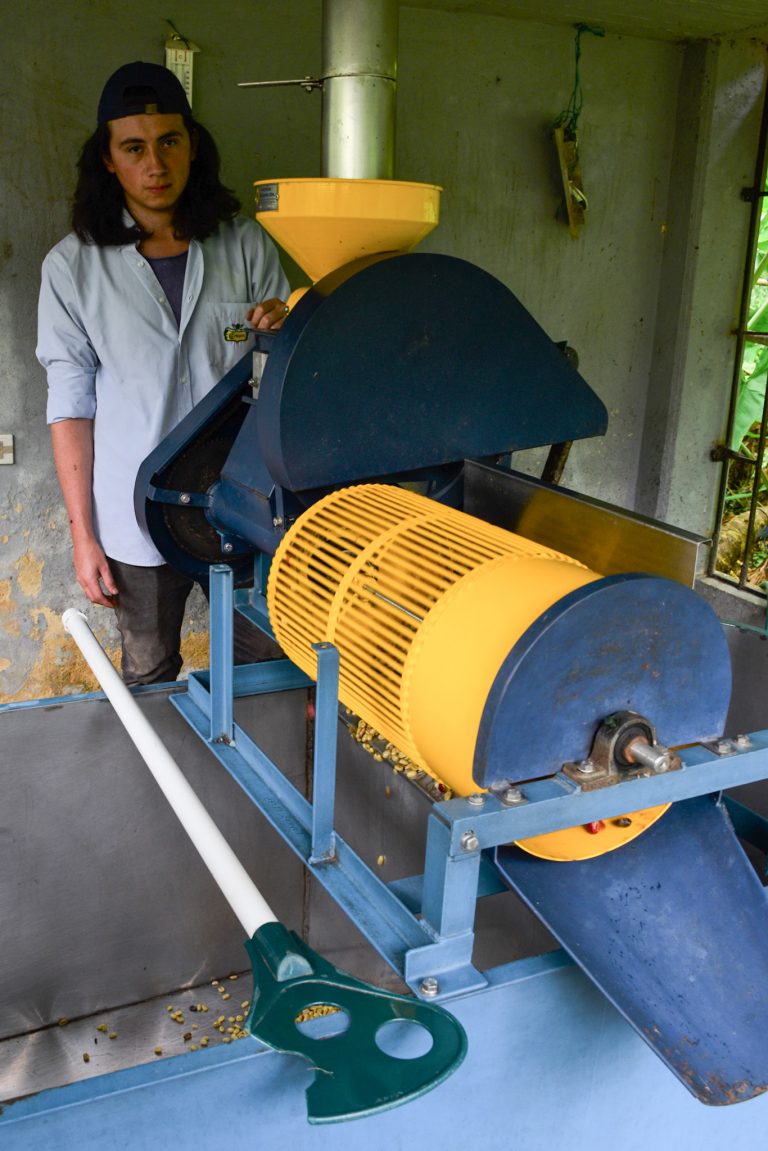
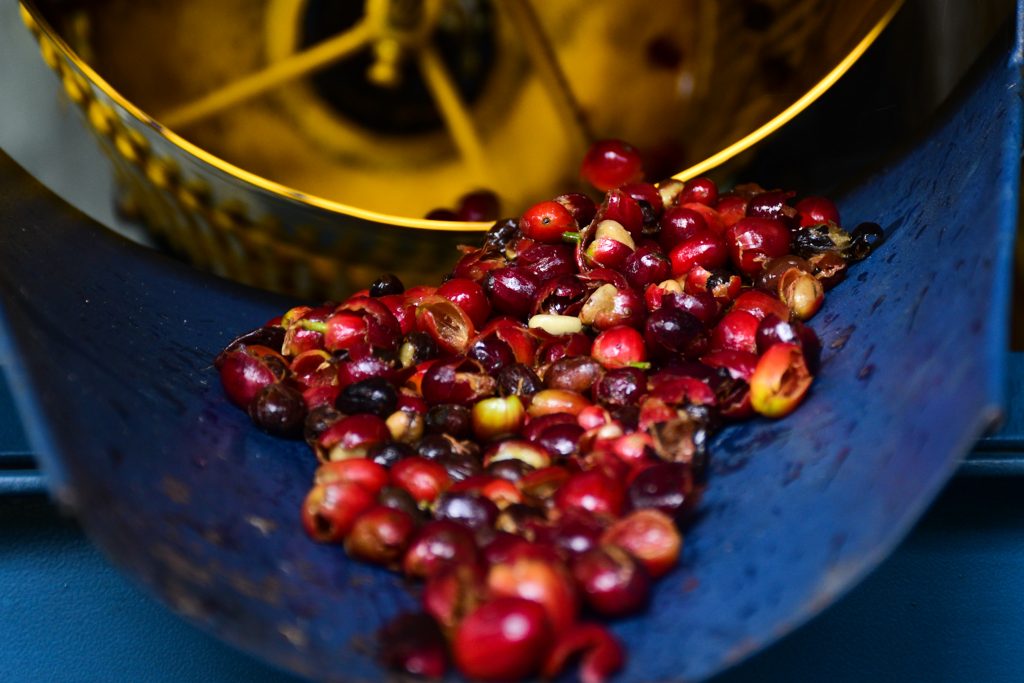
After a tour through the plantations and the garden with the exotic plants, we are given samples of the coffee and are also allowed to taste a “te de cascara” (an infusion of the dried coffee berry/cherry, which is otherwise simply composted as waste from coffee production). It is delicious and has a lot of caffeine. The taste reminds me a bit of rosehip tea.



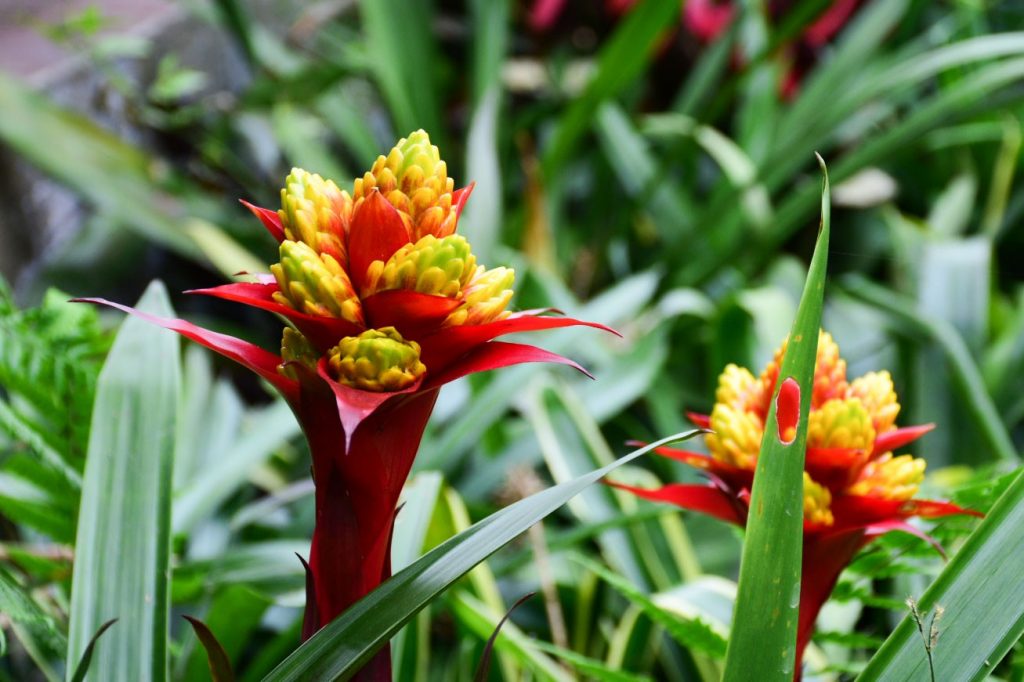

Then we taste the different coffees that Doña Magdalena grows. They are delicious, and the prices are also ok. But she only sells through the cooperative and only small quantities – so it is not quite the right thing for the roasters in our group yet.
For a last time we step onto the veranda with a wonderful view into the exotic garden and then we get back into the minibus and continue to the next stop: Líbano (Tolima), a good 240 km away. And so we spend the rest of the day in the car.



